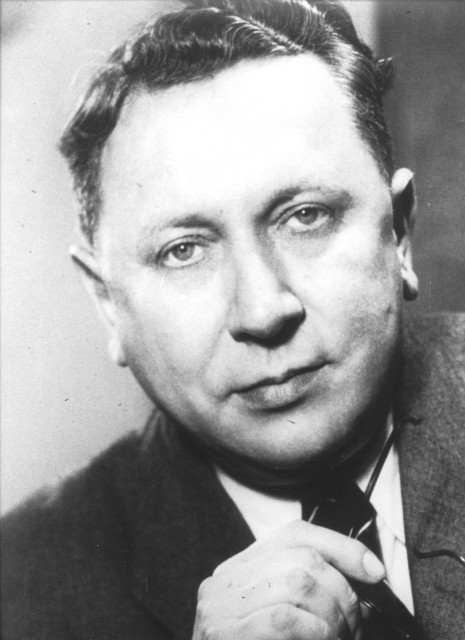Kurt Alder
1902-1958

Alder is best known for his discovery, with Otto Diels see portrait of the cycloaddition reaction that bears their names, the Diels-Alder (DA) reaction. For this discovery they received the 1950 Nobel Prize in Chemistry. The reaction, which involves 1,4-addition of a dienophile (examples they studied included maleic anhydride, ethyl azodicarboxylate and benzoquinone) to a conjugated diene (their examples included cyclopentadiene, acyclic 1,3-dienes, furans and anthracene) is still one of the most general methods for constructing 6-membered rings.
Born in Königshütte, Germany (now in Poland), Alder took his Ph.D. degree with Diels at the University of Kiel in 1926. For a time he worked in industry on polymers and synthetic rubbers, then in 1940 joined the faculty of the University of Cologne where he remained until his untimely death after a brief illness, shortly before his 56th birthday. He co-authored 173 papers which included, besides the stereochemistry and mechanism of the DA reaction, studies on the retro-DA reaction, the "ene" reaction, and applications to natural products synthesis. In 1955 Alder signed, with 17 other Nobel laureates, a declaration calling on nations to renounce war as a means of settling disputes.
Location in chemistry building:
Second Floor; West Wing South Wall; Sequence 9
Source:
Professor P. E. Fanta and the Wilkens-Anderson Company